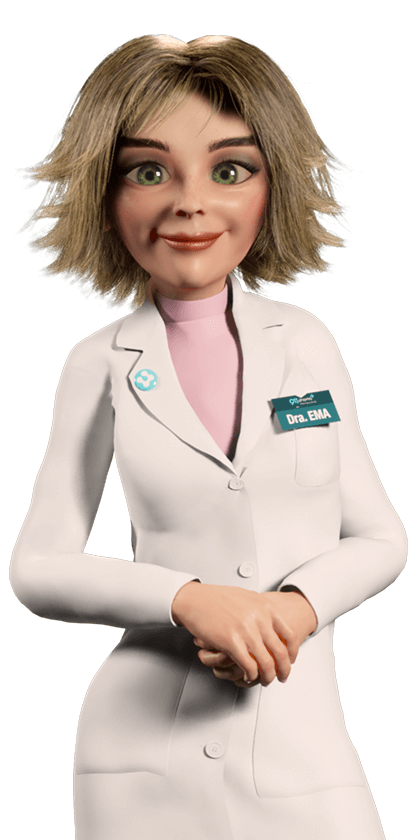Dermatology
What are the types of skin blemishes
Skin blemishes can appear on almost any part of the body, at different ages and in different colours and shapes. Not all skin blemishes are indicative of problems that can worsen. However, knowing how to correctly identify the type of blemish, based on its colour and characteristics, is essential to understand if it is something that requires treatment or something simpler, that can be solved without too many complications.
Causes of skin blemishes
There are several possible causes for the appearance or worsening of unsightly skin blemishes, such as:
- Hormonal changes;
- Excessive exposure to the sun without protection against ultraviolet rays;
- Pregnancy;
- Certain medications (e.g. contraceptives and photosensitizers);
- Skin aging;
- Infection by fungus
- Genetic predisposition.
Brown spots
Brown spots can be of three types:
-
Melanosis - spots caused by the sun and appear on the back of the hands, neck or back, areas that are exposed to the sun. The good news is that these spots are not serious and can be reversed with pulsed light.
-
Phytophotodermatoses - popularly known as "lemon spot", these are burns caused by the reaction of the contact of the fruit with the skin and the tendency is for them to heal over time.
-
Melasma - appears due to genetic or hormonal factors and in this case there is no cure, but it is possible to attenuate the colouring. More common in people with darker skin.
-
"Pregnancy rag" - The hormones in pregnancy cause the amount of melanin to increase. As the cause of hyperpigmentation of this type of melasma is transient, in principle, the spots on the skin will disappear a few months after delivery. Study indicates that more than 70% of women have chloasma.
Black spots
They can be of four types:
-
Nevus and Congenital (from birth) - Nevi, most often, are benign and do not increase in size or change in shape. However, it is recommended that these are monitored from childhood onwards.
-
Melanoma - melanomas are more serious lesions which, if not treated early, can result in the development of cancer.
-
Keratosis - these are similar to nevi, but the causes are different and the consequences are not serious.
White spots
White patches can also be subdivided into three types:
-
Solar leukoderma - appears after the age of 40 and can be confused with vitiligo, but with less severity.
-
Vitiligo - O Vitiligo is a genetic disease that manifests itself due to emotional changes. It affects only 1% of the population.
-
Pityriase versicolor (popularly known as white cloth) - is caused by fungi and people with oily skin have a greater propensity to develop this type of problem. As the similarity between the spots is great, it is recommended to look for a professional.desenvolver esse tipo de problema.
Purple and red spots
Purple spots are more common in more fragile organisms and in the elderly. They can be hematomas, caused by blows or due to capillary fragility and vitamin C deficiency, or senile purpura, spots that appear on the arms of the elderly.
Red patches can be ruby nevus. They appear on the skin for no great reason and are itchy and can cause bleeding. They do not directly impact on health, but removing them is essentially a cosmetic issue.
Don't wait until the situation escalates
From the moment you find a spot on your skin, it is important to start a follow-up before you even see a doctor. If possible, photograph the spot and check day by day if it increases in size or changes colour.
Even if there is no aesthetic compromise, it is important to seek medical advice so that eventual melanomas do not worsen with time, and may even become cancerous. You cannot be too careful with the spots. Avoid home treatments without knowing exactly what they are.
Seek the help of your pharmacist or doctor.
Treatment of skin blemishes
The treatment of skin blemishes, or their prevention, may include:
- Application of sunscreen, the basis of any treatment;
- Topical creams and peelings (in the case of melasma);
- Oral or systemic antifungal medication (in the case of mycosis)
In chloasma during pregnancy it may not be necessary to go beyond photoprotection. Vitiligo, on the other hand, responds well to repigmentation treatment.
Sources
iSaúde
MSDManuals
Também lhe poderá interessar
Prevention and treatment
Hyperpigmentation - When melanin stimuli need correction
Dermatology






